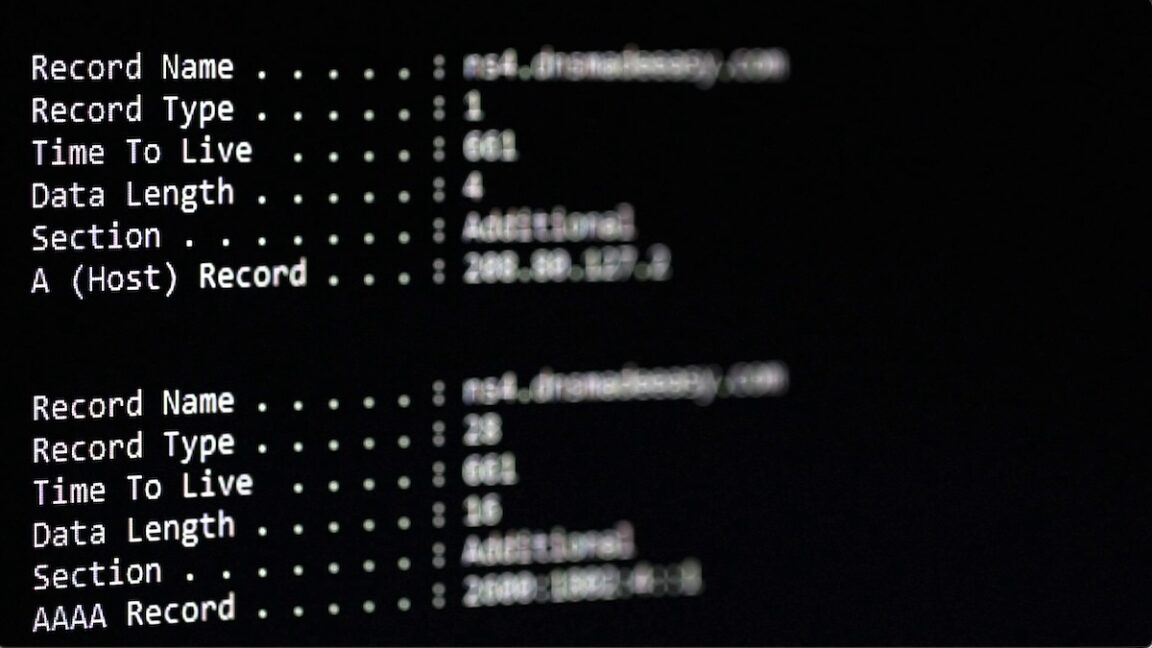T4K3.news
Hackers exploit DNS records to deliver malware
New technique reveals how hackers hide malware in DNS, evading traditional security measures.

A novel technique transforms DNS into a tool for malicious use.
Hackers hide malware in DNS records to evade security measures
Hackers are now using DNS records to conceal malware, taking advantage of security gaps in monitoring. This method enables them to deliver malicious scripts without relying on risky downloads or attachments, which are often blocked by antivirus tools. DomainTools researchers recently unveiled how they found a modified binary for Joke Screenmate hidden in several TXT DNS records under the domain whitetreecollective.com. This clever approach allows attackers to gather malware from less inspected DNS lookups, making detection much harder.
Key Takeaways
"Hackers have found an unexpected home for malware within DNS records."
This highlights how DNS has become a new target for cybercriminals.
"The evolution of malware delivery is astonishing and alarming."
This statement emphasizes the ongoing threat posed by innovative attack methods.
This discovery highlights a serious risk in cybersecurity. As hackers innovate, traditional defenses may fall short. The growing use of encrypted DNS formats adds to the challenge, making it crucial for security professionals to adapt their strategies. Solutions must evolve to strike a balance between usability and enhanced monitoring of DNS traffic. As malware becomes more sophisticated, the consequences of inaction could be severe.
Highlights
- Hackers have found an unexpected home for malware within DNS records.
- DNS is now a playground for malware hiding in plain sight.
- The evolution of malware delivery is astonishing and alarming.
- Monitoring DNS traffic has never been more critical.
Malware delivery via DNS poses significant security risks
The use of DNS records for hiding malware signifies a dangerous shift in cyber threats. As encryption protocols like DOH and DOT gain popularity, monitoring efforts may weaken further, exposing networks to greater attacks.
As cyber threats evolve, continuous vigilance and innovative solutions are essential for user safety.
Enjoyed this? Let your friends know!
Related News

Chinese hackers targeting Microsoft SharePoint zero-day vulnerability

Russian hackers use ISPs to infiltrate embassies

SharePoint hacking campaign targets government agencies

Microsoft Links SharePoint Exploits to Chinese Hacker Groups

Kremlin Hacking Group Targets Diplomats

New cybersecurity risks linked to the Online Safety Act

LuBian Bitcoin theft now valued at $14.5 billion
